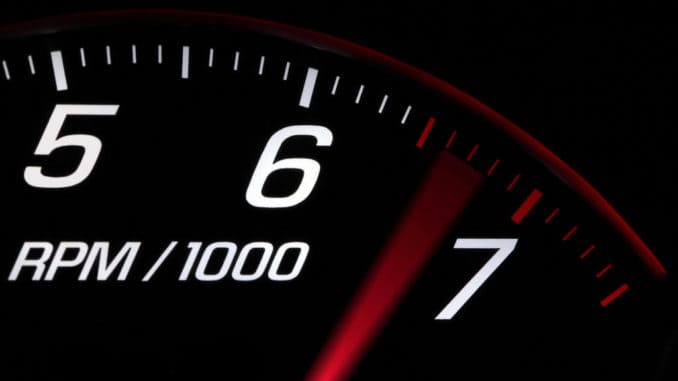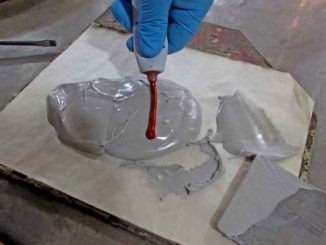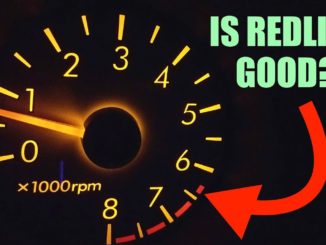
Many people often wonder how to determine their engine’s redline or the maximum RPM it can handle without causing damage. Several factors come into play when considering an engine’s redline, with piston speed being a significant factor.
Piston speed refers to the piston’s velocity in the cylinder. The stroke length of the crankshaft influences it. A longer stroke will result in a higher piston speed. The piston speed can also vary at different points in the cylinder or stroke. Some sections of the stroke will have faster piston speed than others. The movement of the connecting rod causes this variation as it crosses the center line of the crankshaft during the piston’s travel from top dead center to bottom dead center.
The dwell time, which is the period when the piston pauses at top dead center, also affects the piston speed. The length of the stroke and the connecting rod can alter the dwell time. Therefore, the piston speed can differ depending on the engine’s design.
To calculate piston speed, a formula is used. It involves multiplying the desired RPM (redline) by the stroke length and dividing the result by 6. The answer represents the piston speed in feet per minute. For a street engine, it is generally recommended to keep the piston speed below 4,000 feet per minute for reliability. Mildly modified engines can usually handle this speed without issues. However, if you wish to exceed this limit, you will need to make extensive modifications to ensure the engine’s reliability and durability.
Let’s consider some examples to illustrate this. Suppose we have an engine with a 3-inch stroke and want to reach 7,000 RPM. By calculating three multiplied by 7,000 and dividing by 6, we find a piston speed of 3,500 feet per minute. This shows that a 7,000 RPM redline is safe for an engine with a 3-inch stroke, such as a 302 Ford.
If we examine a 351 engine with a stroke of approximately 3.5 inches, the calculation would be 3.5 multiplied by 7,000, divided by 6, resulting in a piston speed of 4,083 feet per minute. In this case, 7,000 RPM is pushing the limits, and it’s advisable to stay within that threshold unless you have specifically built a high-performance race engine.
Now, let’s consider a stroker motor with a 3.750-inch stroke. Calculating 3.750 multiplied by 7,000 and then dividing by 6, we get a piston speed of 4,375 feet per minute. As you can see, with a longer stroke, the piston has to travel faster to reach the same RPM. The redline is set at 7,000 RPM in all three examples, but the piston speeds vary due to the stroke length.
It’s important to note that piston speed changes throughout the stroke. Near the top and bottom of the stroke, the piston will be moving slower while it accelerates more in the center of the bore. This variation occurs because of the movement of the connecting rod and its effect on the piston’s motion.
Considering piston speed is crucial because if the engine is over-revved beyond its physical limitations, the piston may continue moving instead of stopping at top dead center, potentially causing severe damage to the engine. In addition to piston speed, other factors influencing an engine’s RPM capabilities include the cylinder heads, camshaft, andcapacity to handle the desired RPM. Stock engines often have limitations in these areas, making it necessary to upgrade components to support higher RPMs.
To summarize, determining an engine’s redline depends heavily on the stroke length. Longer strokes result in higher piston speeds. Calculating piston speed involves multiplying the stroke length by the desired RPM and dividing by 6. It is generally recommended to keep piston speeds below 4,000 feet per minute for street engines, although higher speeds can be achieved with appropriate modifications. It’s essential to consider the dwell time and the varying piston speeds at different points in the stroke. Engine modifications, such as upgrading the cylinder heads and camshaft, are often necessary to support higher RPMs.




